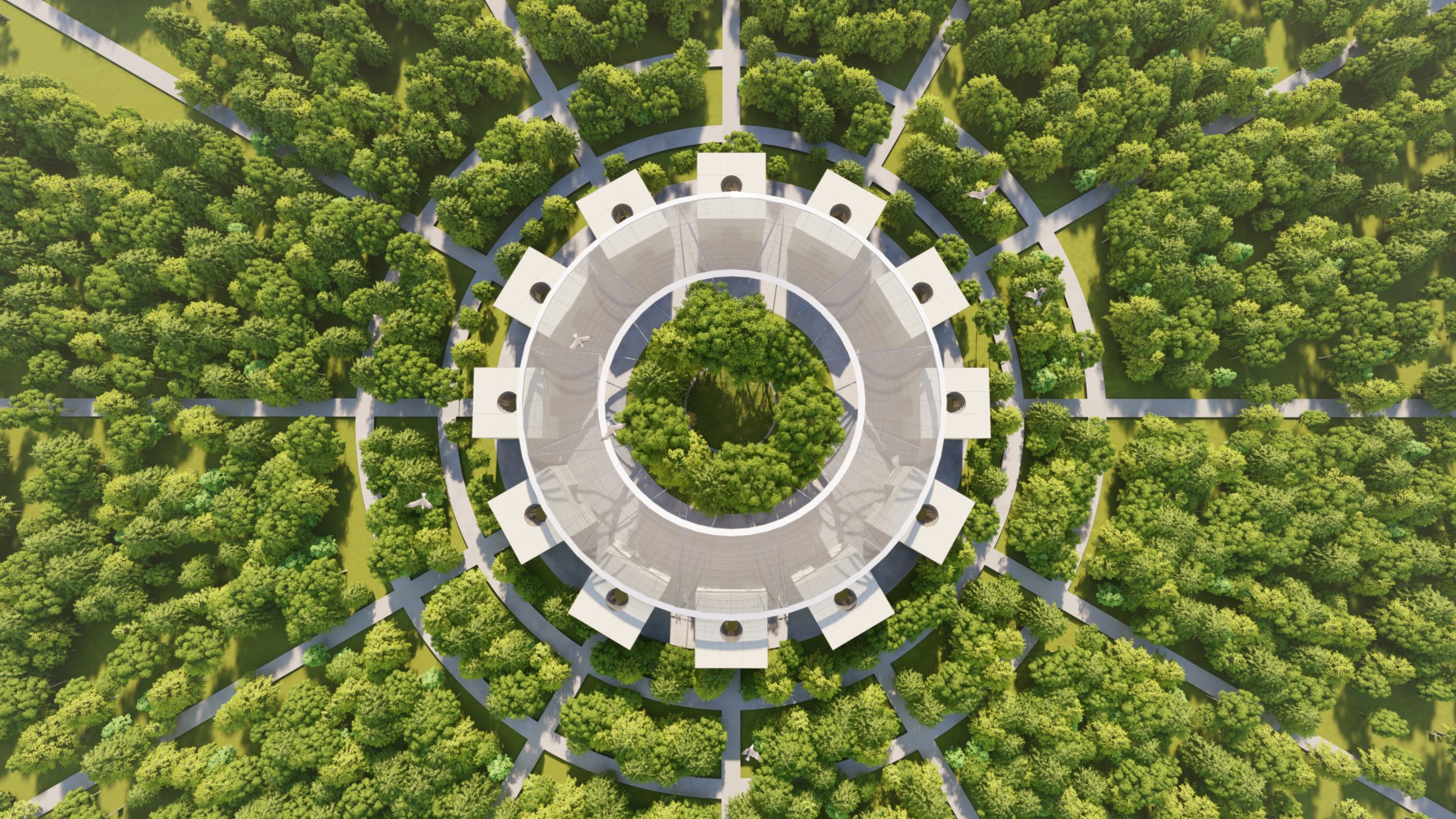
As a longstanding environmental policy expert and Chair of the Architects’ Council of Europe’s (ACE) Sustainability Architecture Group, Judit will contribute to the first in the series of three webinars focussing on “Changing climate, changing culture”.

“Energy, People, Buildings is a call for designing with evidence – gathering feedback from how buildings actually work – to chart a path towards carbon zero buildings. Over the next decade, feedback must become a part of every architect’s toolbox to ensure that buildings perform as intended to meet the imperative of climate change. Design based on intuition is no longer good enough.
Building performance feedback is a proven approach to ascertain what works and what doesn’t on the route to zero carbon. Targeting and tracking the right metrics throughout design and construction – and in use – is a collaborative cross-disciplinary process that can help overhaul design and procurement to deliver zero carbon buildings that work and that close the performance gap.
To meet 2030 climate targets, every energy end use in a building must be scrutinised and challenged by every member of the project team. This requires energy literacy, as well as a rudimentary understanding of the subjects tackled in the different chapters of this book: comfort, passive design, fabric performance, appropriate technical systems and user-friendly building controls.
Metrics can be transformative, not just for energy but for comfort and quality, too. Traditionally, designers have not been deeply versed in the technicalities of building performance, yet a new generation of architects and engineers is emerging who are energy and climate literate, who understand passive design and fabric performance, and who can use energy models as decision-making tool in their designs.”

“The climate crisis means that any new buildings which architects design now face an uncertain and potentially challenging future. How these buildings will perform in real life depends largely on feedback processes designers use to ensure what is built meets their targets and intentions. The existing building stock must urgently be upgraded to higher standards, and feedback processes can inform the targets and ambitions of the retrofit agenda. Making explicit what people value in existing buildings can help speed the transformation that is so urgently needed. Enormous challenges lie ahead, yet the 2020 pandemic has revealed the global potential for drastic collective action. Similar mobilisation must be applied to the far bigger climatic challenge ahead.
The need to design with a light footprint on the planet is not just about thermal performance and energy metrics. It’s a call to challenge conventional ideas of beauty and comfort and invent a new architectural aesthetic which can steer the profession’s response to climate change. A thorough grounding in evidence can, and must, show the way.”
Building Natural Connections is our joint initiative with the Cambridge Institute for Sustainability Leadership; the Future Spaces Foundation; and Floornature, our media partner who have been publishing on environmental design for over 20 years.










































































































































































































































































